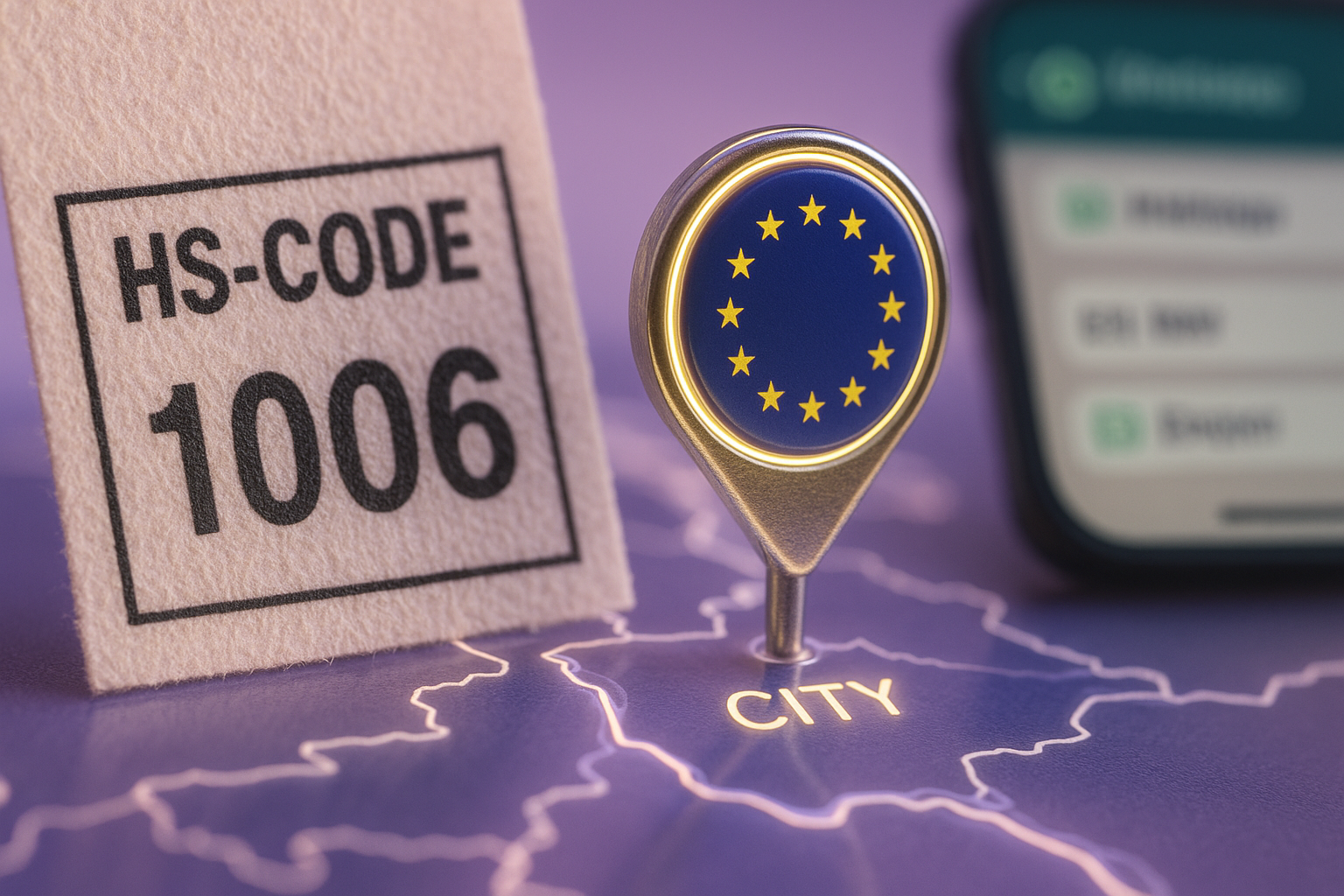In today’s competitive digital world, every business has ambitions. Some want to capture more leads, others want to expand brand awareness, and many want to improve conversions. But here’s the challenge: goals without a clear plan are just wishes. That’s why you need a digital marketing roadmap for business growth — a step-by-step strategy that connects your business objectives with the right online tactics.
At Hezemon, we believe in a simple truth: You’ve got goals. We’ve got the roadmap. And that roadmap is built by aligning your marketing efforts with your long-term vision.

Why a Digital Marketing Roadmap is Essential
Many businesses jump straight into ads, social media, or SEO without a defined path. But just like building a house, you need a blueprint before you start laying bricks. A digital marketing roadmap for business growth ensures every effort, every campaign, and every investment contributes directly to your objectives.
Without it, marketing activities often end up scattered, with little connection to actual results. With it, your marketing becomes intentional, measurable, and scalable.
Step 1: Align Marketing with Business Goals
The first step in creating a roadmap is understanding how to align marketing strategy with business goals. If your goal is to increase revenue by 20% this year, your marketing shouldn’t just focus on vanity metrics like clicks or impressions. Instead, your campaigns should drive qualified leads that convert into sales.
For example:
- A SaaS company aiming for higher retention should design email campaigns around product onboarding and customer education.
- A retail brand with aggressive growth targets should focus on performance marketing tied to customer acquisition costs.
When you clearly know how to align marketing strategy with business goals, you stop chasing random opportunities and start focusing only on tactics that drive measurable outcomes.
Step 2: Goal-Based Branding & Website Development
Your website isn’t just an online brochure — it’s your most powerful sales tool. But is it aligned with your business goals? That’s where goal-based branding and website development strategies come in.
- If your goal is lead generation, your website needs clear CTAs, landing pages, and conversion-focused design.
- If your goal is brand awareness, your website should highlight storytelling, values, and thought leadership content.
- If your goal is customer trust, your website must showcase testimonials, case studies, and social proof.
Too often, businesses build websites that “look nice” but don’t serve their growth goals. By implementing goal-based branding and website development strategies, you transform your site into a roadmap checkpoint — guiding every visitor closer to your objectives.
Step 3: Create Campaigns that Serve the Roadmap
Once your goals and foundation are set, your campaigns should directly tie back to them. Here’s how a digital marketing roadmap for business growth connects channels:
- SEO & Content Marketing → Builds authority, captures organic leads, and supports long-term brand equity.
- Paid Ads (Google/LinkedIn/Facebook) → Drives fast, scalable traffic aligned with specific conversion goals.
- Email & Automation → Nurtures leads and improves customer lifetime value.
- Social Media Marketing → Increases visibility, strengthens community, and amplifies brand storytelling.
Every campaign is not just “marketing.” It becomes a tactical step in the roadmap — each one aligned to measurable KPIs.
Step 4: Measure, Optimize, Scale
The beauty of a digital marketing roadmap for business growth is that it isn’t static. Markets evolve, buyer behavior shifts, and platforms change. That’s why measurement and optimization are built into the roadmap.
By reviewing KPIs regularly, you can answer key questions:
- Are our marketing activities driving real business growth?
- Do we need to reallocate budgets to align better with goals?
- Which campaigns support revenue, retention, or branding most effectively?
This ongoing refinement keeps your roadmap relevant, ensuring your goal-based branding and website development strategies and campaigns keep delivering ROI.
Real-World Example: A Roadmap in Action
A mid-sized IT services firm came to us struggling with low-quality leads. Their marketing was active — ads, SEO, and social media — but none of it tied back to business growth.
We redesigned their roadmap around three goals:
- Improve website conversion rate.
- Generate qualified B2B leads.
- Build trust with enterprise clients.
Here’s what changed:
- Their website was rebuilt using goal-based branding and website development strategies, featuring case studies and a streamlined funnel.
- Campaigns were redesigned to demonstrate how to align marketing strategy with business goals — focusing on lead nurturing, not just clicks.
- We executed an integrated digital marketing roadmap for business growth that connected paid campaigns with content and email automation.
Within six months, their qualified leads doubled, and revenue grew by 28%.
Final Thoughts
Your goals deserve more than random marketing activities. They deserve a clear, strategic roadmap. By aligning every campaign with your business objectives, designing websites that serve outcomes, and building consistent branding, you create a digital marketing roadmap for business growth that’s actionable and measurable.
Remember: marketing success doesn’t come from doing everything. It comes from doing the right things in the right order — always guided by your goals.
At Hezemon, we don’t just run campaigns; we build goal-based branding and website development strategies that align with your vision. Because your growth story deserves more than chance — it deserves a roadmap.





